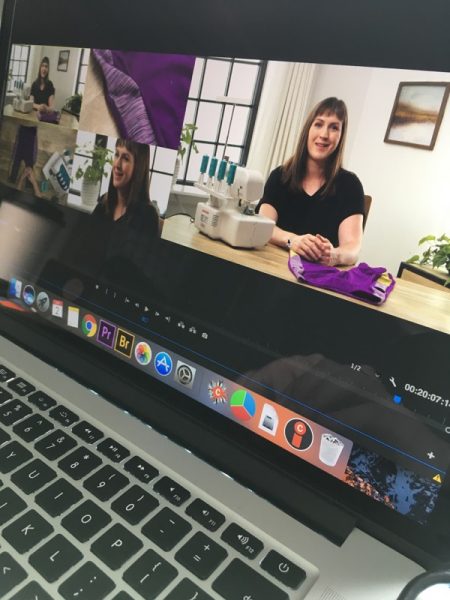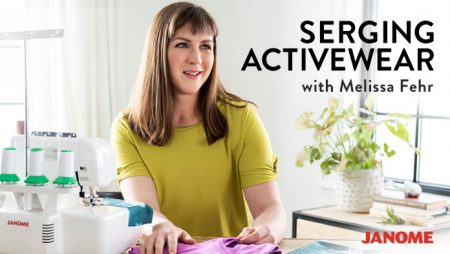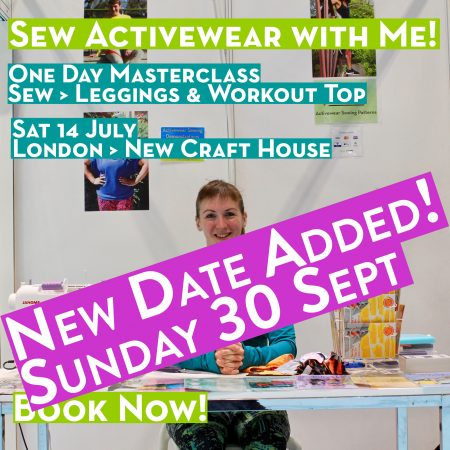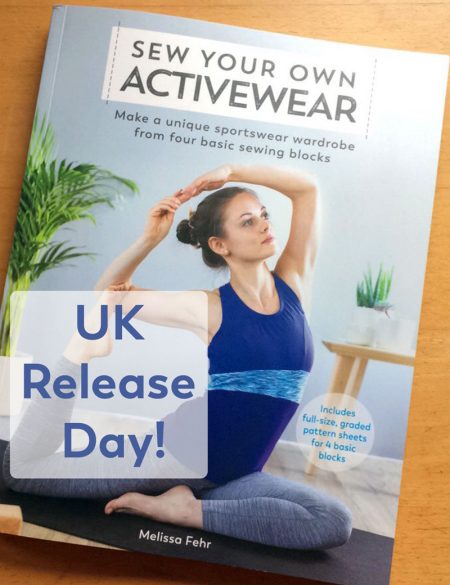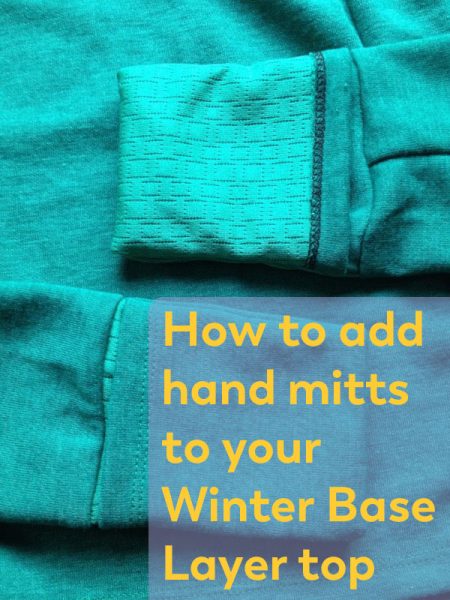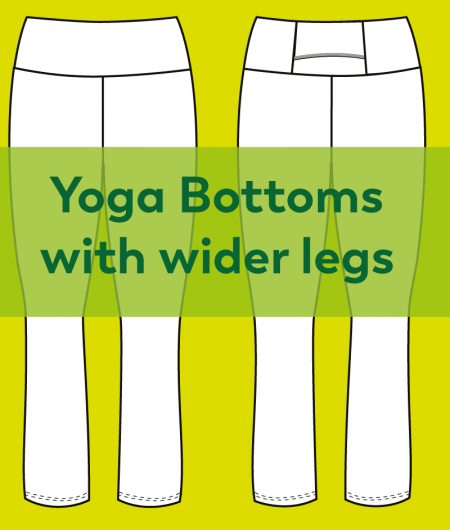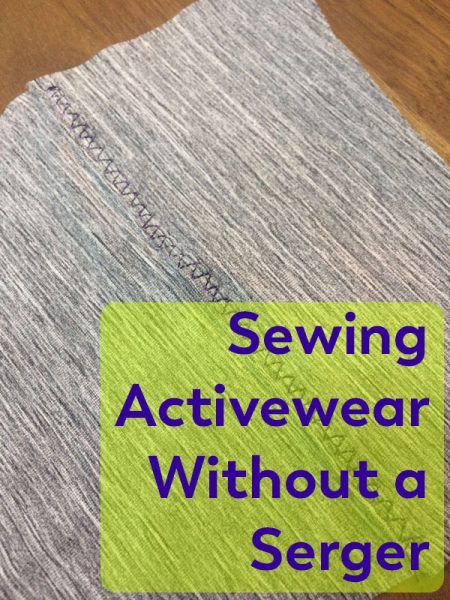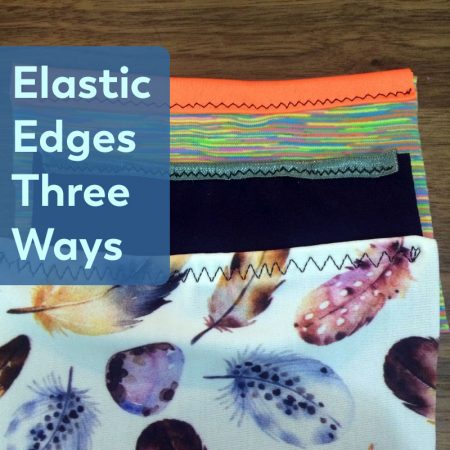Thanks so much for all your enthusiasm on the launch of my Serging Activewear Craftsy class guys!! I wanted to talk a little today about what went into the making of this class because I know you all love hearing about this sort of thing, but also I found it fascinating to see how much work goes on in preparation, too!
As I mentioned earlier this week, I actually started working on the class prep back all the way back in December! The leadup isn’t usually quite this long, but we started the new year with a very intense few weeks of devising the script with my fantastic category editor, Elaine, over Skype. Basically, we had to work out what I was going to talk about, in what order, and what sort of samples I’d need to sew up ahead of time in addition to the ones I’d actually sew on camera.

